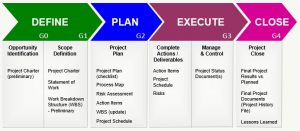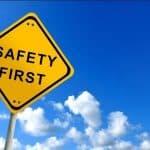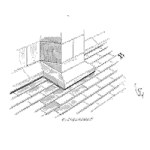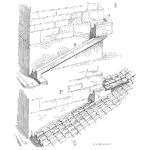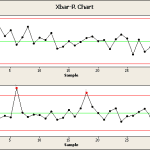
Introduction
Many companies use SPC to control their manufacturing and assembly processes. Other companies use 100% inspection and some companies do nothing. How can one choose between these three alternatives?
To make a rational choice, some questions need to be answered.




